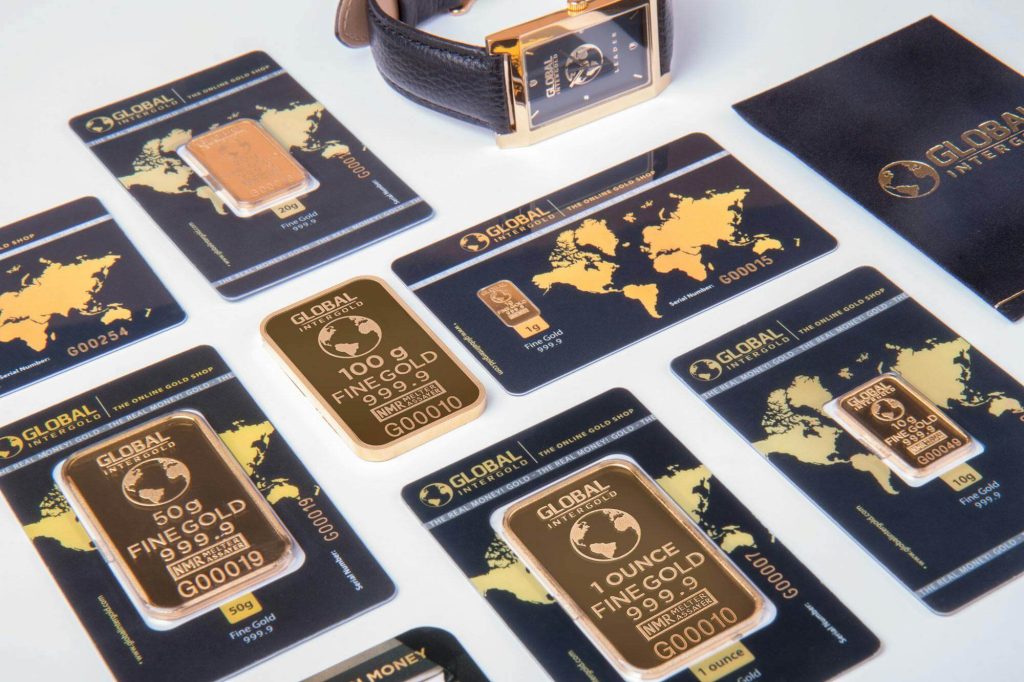Precious metals and cryptocurrencies represent distinct asset classes, each offering unique benefits and risks. Understanding how these assets compare can help investors make informed decisions about incorporating them into a diversified portfolio.
1. Characteristics of Precious Metals:
– Stability and Historical Value: Precious metals, such as gold and silver, have been valued for thousands of years. They are often considered safe-haven assets, meaning they tend to retain value during economic downturns and market instability. Their long history of being used as currency and stores of value provides a sense of stability.
– Inflation Hedge: Precious metals are commonly used to hedge against inflation. As the purchasing power of fiat currencies declines, the value of precious metals typically rises, preserving wealth.
– Low Correlation: Precious metals often have a low correlation with traditional financial assets like stocks and bonds. This means they can reduce overall portfolio volatility and provide diversification benefits.
2. Characteristics of Cryptocurrencies:
– High Growth Potential: Cryptocurrencies, such as Bitcoin and Ethereum, have demonstrated significant growth potential, driven by technological advancements and increasing adoption. Their value can experience rapid appreciation, offering opportunities for high returns.
– Volatility: Cryptocurrencies are known for their high volatility. Prices can fluctuate dramatically due to market speculation, regulatory news, and technological developments. This volatility presents both opportunities and risks for investors.
– Diversification within Digital Assets: The cryptocurrency market includes a wide range of assets, from well-established coins to emerging tokens. Diversifying within this space can help manage risk and capture various growth opportunities.
3. Diversification Strategies:
– Combining Asset Classes: Including both precious metals and cryptocurrencies in a portfolio can provide diversification benefits. Precious metals offer stability and act as a hedge against economic uncertainty, while cryptocurrencies provide growth potential and exposure to emerging technologies.
– Risk Management: Balancing investments between precious metals and cryptocurrencies helps mitigate risk. Precious metals can offset some of the high volatility associated with cryptocurrencies, while cryptocurrencies can enhance growth potential compared to traditional assets.
– Allocation Strategy: The allocation between these asset classes should reflect an investor’s risk tolerance and financial goals. For more conservative investors, a higher allocation to precious metals might be appropriate, whereas those seeking higher growth might increase their exposure to cryptocurrencies.
4. Comparing Liquidity and Accessibility:
– Liquidity: Cryptocurrencies generally offer high liquidity, with the ability to buy and sell assets quickly on various exchanges. Precious metals, while also liquid, might require physical storage or transaction through specialized dealers.
– Accessibility: Cryptocurrencies are accessible through online platforms and require only digital wallets for transactions. Precious metals may involve purchasing physical assets or investing through ETFs and other financial products.
Conclusion:
Precious metals and cryptocurrencies each offer distinct advantages and challenges. Precious metals provide stability and act as a hedge against economic uncertainty, while cryptocurrencies offer high growth potential but come with substantial volatility. By integrating both asset classes into a diversified investment strategy, investors can balance the stability of precious metals with the growth opportunities of cryptocurrencies, optimizing their risk-return profile.

